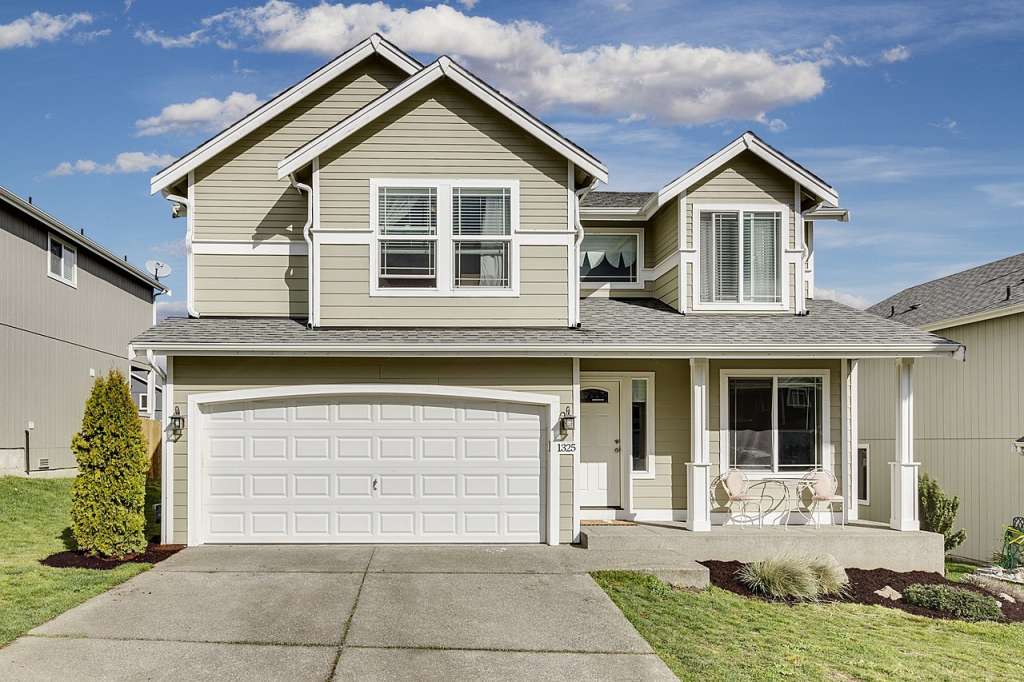Numerous homeowners across the United States find themselves confronted with the unsettling reality of losing their home insurance policies. Prominent insurers such as State Farm and Allstate have opted to cease the issuance of new policies in California, citing escalated wildfire risks, inflation, and other challenges prevalent in the region. This alarming trend is not confined to the West Coast, as homeowners in Louisiana and Florida also grapple with analogous problems emanating from heightened flood risks. The impending repercussions of this wave of non-renewal notices are poised to reverberate throughout the U.S. real estate market, casting a shadow on the financial security and stability of countless individuals.

Understanding the root causes of this crisis is imperative for homeowners seeking to safeguard their properties and financial well-being. Wildfires in California have become increasingly frequent and severe, posing a substantial risk to homes and prompting insurance companies to reassess their exposure. Additionally, inflationary pressures contribute to the challenges faced by insurers, as rising costs influence their ability to offer competitive premiums while maintaining profitability. Louisiana and Florida, on the other hand, contend with the persistent threat of floods, necessitating insurance adjustments to manage the heightened risk landscape.
To navigate these challenges and avoid the unsettling prospect of losing home insurance coverage, homeowners can proactively implement a range of measures. Developing a comprehensive understanding of the risk factors influencing home insurance decisions, exploring alternative insurance providers, fortifying homes against specific perils, and engaging with community initiatives are pivotal steps in mitigating the impact of non-renewal notices. By adopting a proactive stance and staying informed about regional risks, homeowners can enhance their resilience in the face of a dynamic and challenging insurance landscape.
Home insurance policies:
One of the fundamental steps homeowners can take is educating themselves about the specific risk factors that insurance companies consider when underwriting policies. For instance, in wildfire-prone regions like California, understanding the proximity of one’s home to high-risk zones, the prevalence of fire-prone vegetation, and the local firefighting infrastructure can provide valuable insights. Armed with this knowledge, homeowners can communicate effectively with insurance providers, demonstrating a nuanced awareness of the risks associated with their property and potentially negotiating more favorable terms.
Guidance:
Exploring alternative insurance providers is another strategic approach to circumvent the challenges posed by non-renewal notices. In the wake of major insurers withdrawing from certain regions, smaller and regional insurance companies may present viable alternatives. Conducting thorough research, obtaining quotes from multiple providers, and comparing coverage options can help homeowners identify insurers willing to underwrite policies in high-risk areas. Collaborating with insurance brokers who specialize in niche markets or challenging risk landscapes can also yield valuable insights and guidance.

Implementing measures:
Home fortification against specific perils is a tangible and impactful way for homeowners to demonstrate their commitment to risk mitigation. Implementing measures such as installing fire-resistant roofing, creating defensible space around the property, and reinforcing structures against flood damage can not only enhance the safety of the home but also signal to insurers a proactive stance in risk management. Some insurance providers may offer discounts or more favorable terms for homes that have undergone risk-reducing modifications, making these investments doubly beneficial.
Community initiatives:
Engaging with community initiatives focused on risk reduction and resilience can foster a collective approach to addressing the challenges posed by natural disasters. Neighborhood associations, local government programs, and community-driven projects can provide resources, information, and support for homeowners navigating the complexities of insurance non-renewals. By actively participating in such initiatives, homeowners contribute to the creation of a more resilient and prepared community, potentially influencing insurance providers to view the area more favorably.
Proactive in adapting to evolving standards:
Moreover, homeowners should remain vigilant about staying informed regarding changes in regulations, building codes, and risk assessment methodologies employed by insurance companies. Being proactive in adapting to evolving standards and requirements can position homeowners ahead of the curve, ensuring that their properties align with the expectations of insurers. Regularly reviewing and updating insurance policies in light of changing circumstances, such as property improvements or increased community resilience, is crucial to maintaining comprehensive coverage.
In conclusion, the challenges faced by homeowners grappling with the potential loss of insurance coverage require a proactive and informed response. By understanding the specific risk factors influencing insurance decisions, exploring alternative providers, fortifying homes against perils, and engaging with community initiatives, homeowners can mitigate the impact of non-renewal notices. In an era marked by escalating natural disasters and dynamic economic factors, resilience and adaptability are essential for safeguarding one’s home and financial well-being.





